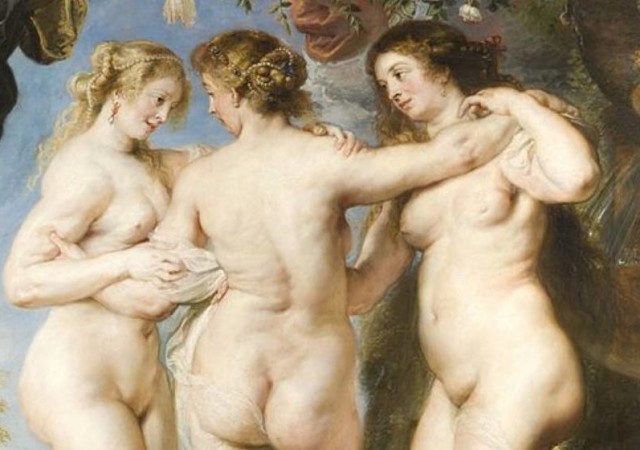By now, you’ve been bombarded with different articles that are telling you to get rid of your cellulite. As a woman, cellulite and fat are two things you’ve been trained to avoid like the plague.
Otherwise, you will be punished. You will be shamed for even attempting to wear your swimsuit, and forever thinking your body isn’t worth sunlight with so much fat in it.
We’ve got news for you: It’s the 21st century and body shaming isn’t cool anymore. And cellulite? It turns out that it’s a secondary trait in women. They are as normal as breast tissue.
In fact, medieval paintings showed us that body fat was a glorified trait in women. Looking at paintings of that time, having fat was a symbol of one’s high status in life and fertility. However, there’s still an underlying misogynistic tone to that: how a woman’s worth was based on her body. But there’s time for another article on that.
For now, we’re telling you what the fat-shamers don’t want you to hear: cellulite is normal and the amount you have depends on your body type and genetics. You don’t need to get rid of it.
How did cellulite get so much hate anyway? Broadly counts the ways.
#1 Cellulite existed before people started hating on it
As mentioned earlier, cellulite was actually celebrated. The hate on it came with the “evolution of beauty ideals.” The article gives one example, “For instance, at the Prado in Madrid, Peter Paul Rubens aestheticizes orange peel skin in his painting “The Three Graces.” When it was painted in the 17th century, this masterpiece showcased a beauty ideal.”
#2 “Cellulite” wasn’t even a word until recently
When we start to identify something, that’s when we often associate feelings and constructs around it, merited or otherwise. The word “cellulite” was only used at the end of the 19th century. “Its first appearance dates back to 1873, in the French medical dictionary Littré & Robin. Cellulite is described as ‘the inflammation of the cell tissue or laminate tissue.’”According to Rossella Ghigi, associate professor at the University of Bologna, doctors “used this term to denote something different.”
#3 Before The War, there was already a battle against cellulite
“In the interwar years, media scrutiny of cellulite underwent a notable increase in France.” This was observed best through the magazine articles in Vogue Paris. Readers and doctors fueled each others’ negative beliefs on cellulite as readers were alarmed by the “(t)issue” and doctors responded by saying that they should be worried.. One article even described it as “a blend of ‘water, residues, toxins, fats, which form a mix against which we are rather poorly equipped.’” It then pushed more people to see that cellulite was flesh evidence that you weren’t living to a certain ideal and that it’s all your fault for having the “excess” fat.
#4 Word travels fa(s)t
The French obsession over cellulite increased so much it traveled back and forth the Atlantic. In the ’60s, American magazines also published stories about eliminating cellulite. In the ’80s, Encyclopedia Britannica then included “cellulite” in its pages, defining it as “fat deposits.” Nevertheless, the fleshy tissue was already looked down upon as a condition rather than a natural occurrence in the body.
#5 Fattening up via Ka$h money
As a way of congratulating whoever made women feel bad about themselves, treatments and procedures against cellulite cash in hugely. “Between March 2014 and February 2015, 919,108 containers of anti-cellulite cream were sold in France, for a net profit of €22.8 million according to IMS Health Pharmatrend. In the US, sales for the prestigious beauty industry in general amounted to 18 billion dollars in 2015, a seven percent growth compared to 2014.”
A word to the wise though, these anti-cellulite warriors know that it’s all a scam. Biologist Max Lafontan says. “I demonstrated that it impacts the capacity of response of cellulite fat but there is nothing sensational about it, because the adipose tissue, even if you disturb it a little, will resettle down as soon as you stop the treatment.”
Photo courtesy of Sartle
Follow Preen on Facebook, Instagram, Twitter, Snapchat, and Viber


